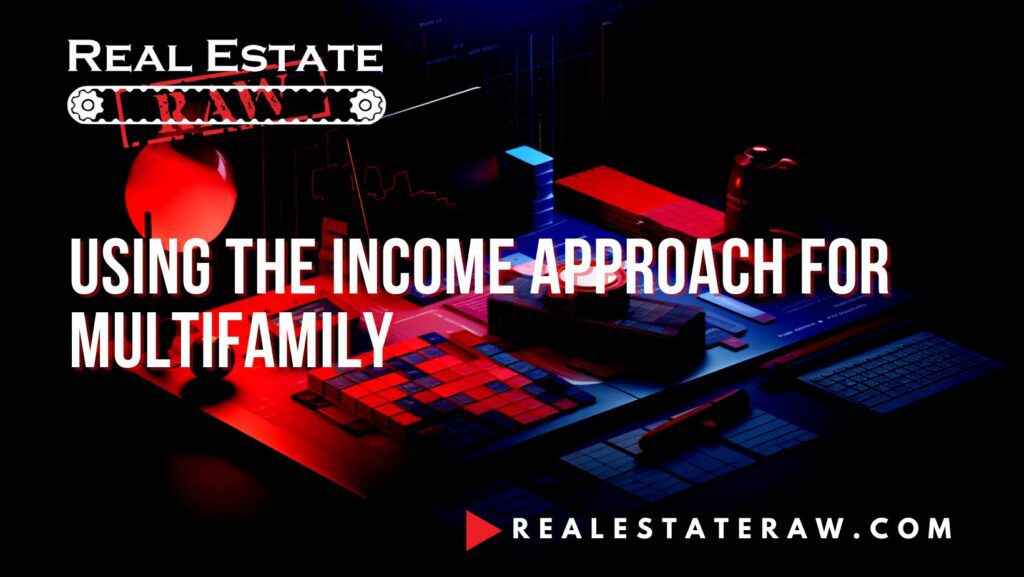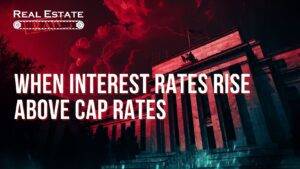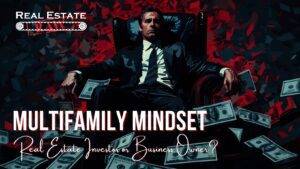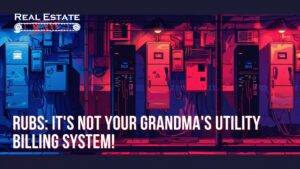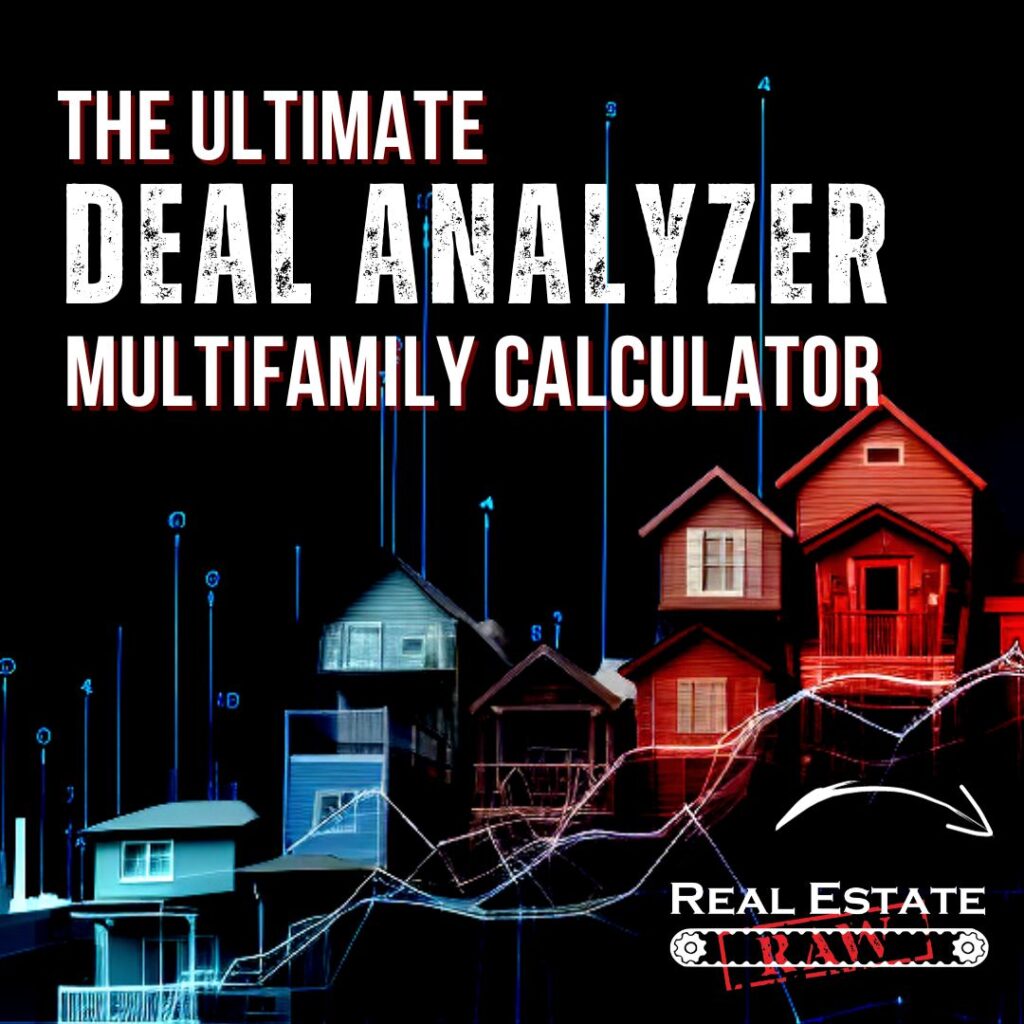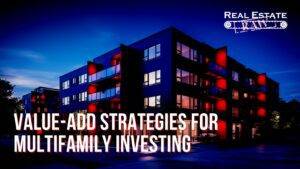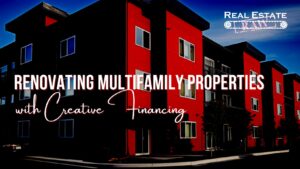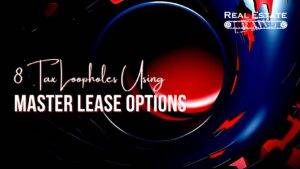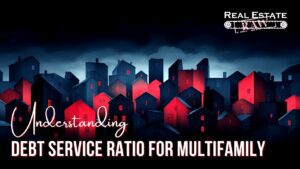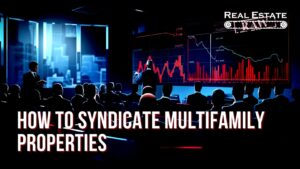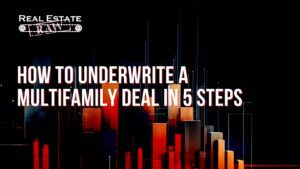The income approach focuses on the value of a real estate investment based on its ability to produce income. The more cash flow a property produces, the more valuable it is. The less it produces, the less valuable.
Note-
Creative financing for multifamily has become a very current topic. When using any form of creative financing such as a master lease option or seller financing, you need to make sure the deal still works using the basic income approach. You will need to sell or refinance one day, and you will not likely be using creative financing at that future point.
You will need to start with the financial data from a property to begin your evaluation. You can get the data directly from the broker or the seller. There are three things you will need to get:
Month-to-Month Profit and Loss (T12)
Year-End Profit and Loss
Current Rent Roll (RR)
These are the three financial reports that you will need to make an accurate assessment of the financial health of the property. These are also the same financials that a lender will want to see from the asset when you refinance.
When you learn, through practice, how to read these statements, they can tell you the story of a property. Here are a few things that I have learned to look for when I look at a property’s financial statements (T12 and RR):
High turnover costs (make-ready expense). This means either the tenants move in and out quickly (unstable tenant base) or the management spends too much in turn costs. More than 6-10% of the total revenue. If the tenant base is unstable and management and rent collection will be difficult.
Water or gas utility expense that has a large increase in a single month (leak).
Advertising costs that are more than $100 per door, per year (may not be desirable location).
Expenses per door to be in line with market average.
Lack of financial data altogether or very disorganized data.
Once you have the current financials on the property, then you are ready to get started. Do not accept financial data from an owner or broker that is more than 90 days old. If a property is profitable and has been run well, the owner/broker is quick and confident to you the financial data. If the owner/broker is slow or gives you old data, then the asset is usually distressed in some way.
Here is a closer look at valuing a property with the income approach:
Step 1
Total all the property’s income. This will include rent, late fees, and other income. This will give you effective gross income. In this approach, I am not taking vacancy into account. I am just working off what the property collected. If you want to factor in vacancy, you will need to figure out the gross scheduled rent and then subtract vacancy from that. The numbers are the same in both formulas. Gross scheduled rent is calculated by assuming the property is 100% occupied at market rents. You would use the rent roll for this.
Step 2
Now that we have the income for the property, we will add all the property’s expenses. This will include, but is not limited to, repairs, utilities, contract services, management fees, insurance, and taxes. This gives us our total expenses for the property. Do not include the debt service (loan payments) in this calculation.
Step 3
Now you need to calculate the property’s net operating income (NOI). NOI is calculated by taking the total income and subtracting the total expenses for the property. The net operating income is not cash flow unless you don’t have any mortgage payment. If there is a mortgage payment, then that payment is made from the net operating income. Here is a basic formula to show the math:
Total Income – Total Expenses = NOI
NOI – Mortgage Payment = Cash Flow
This will give you a quick snapshot of the financial viability of a deal. Does it cash flow? Again, you want to see a $100- to $150-per-door cash flow per unit for most apartment deals.
Capitalization Rate or “Cap Rate” also helps you to value a property and is one of the most common ways to determine value.
Cap Rate = NOI / Value (Sale Price)
Now that you know the formula, you can calculate the different values if you know two of the variables. If you know the NOI and the sale price, you can determine your own valuation for the property. Here is another version of the same equation:
Value = NOI / Cap Rate
Cap rate can be slightly confusing. They are always in percentages, so an 8 cap would be .08. If you were to purchase a property for $1,000,000, then you would get $80,000 a year from this property ($1,000,000 x .08). In this example, it would take 12.5 years for the NOI to pay back the purchase price of the property ($1,000,000 / $80,000 = 12.5).
Something else to keep in mind is that cap rates typically move inversely to the property value or price. The higher the value of the property, the lower the cap rate; the lower the value, the higher the cap rate tends to be. Brand new, “A class” apartment complexes have the lowest cap rates, whereas an older “D class” asset may have a much higher cap rate.
You might be thinking, “Who cares about these formulas? I am going to use creative financing for multifamily. Why should I bother valuing the deal like this?” Even if you do get a creative financing offer accepted (seller financing or a master lease option), there is the cash that you may need to bring to the deal. Unless you get 100% seller financing or a master lease option for $10 or something very unlikely like that…you will need a little bit of cash to get the deal going.
You will need to use this math to calculate potential cash flow to decide if using creative financing is a good idea or not. If you need to bring some equity to the deal, then use this formula to show investors the potential of the investment.
When using any form of creative financing for multifamily you should also consider that you will ultimately need to exit the deal. You not only need to do this calculation when you first analyze the deal you will also need to monitor your operations on a monthly basis in the same way.
Cash on Cash
Cash on Cash is another calculation that is an aspect of the income approach. Here is the equation:
Cash on Cash = Cash Flow / Acquisition Cost
Acquisition costs are the expenses and money that it takes to get to the closing, including the down payment and any renovation costs. Cash on cash tells us what return on investment (ROI) the property will produce for the money it takes to close the deal. This return is produced from net positive cash flow.
If you are using creative financing, then you can accept deals with less up-front cash flow as long as you have a solid plan to get positive profits before you have to exit the deal. In all forms of creative financing for multifamily, the valuation at exit is key. If your value is less than or equal to what you owe- you will need more money to exit. Not good.
If you are using traditional financing, then you need to calculate the purchase price so that you get net positive cash flow day one. This will be a longer term “hold and operate” model so you need that cash flow up front.
When using traditional debt, like a bank, the lender will require that you put down a certain amount of the purchase price at closing, this is the down payment. If you do not have the down payment money, then you will need to find partners to join you in the deal who will bring the cash you will need at closing. This is called syndication.
This partner or partners will want to know what ROI they are going to get on the cash they put into the deal. Let’s assume for the following example that our investors are looking for a10% return on their money. If you need 20% down to get a loan and complete your purchase option, then you will need to know how well the deal will service this 20% down.
Example:
$1,000,000 purchase price with a Loan to Value (LTV) of 80%
You will need $200,000 down to get the loan.
If your deal produces $20,000 in cash flow, the cash on cash is 10%.
$200,000 / $20,000 = 10
Summary-
The income approach is just one way to value multifamily real estate. You need to also consider the comparable sales approach and the replacement cost approach as well as considering the current and future market conditions including debt.
The income approach is crucial when using creative financing for multifamily. When making a creative offer such as seller financing or a master lease option, you will very likely need to “give on price and take on terms”.
What I mean by this is that you will likely have to give the seller their asking price or something close to it to get the deal accepted but in the same situation, sellers are usually much less sensitive to the loan terms as long as they get their price.
Negotiating proper terms for sellers and creative financing for multifamily is where the money is made. To negotiate the “proper terms” you must understand the financial aspects of property using the income approach.
For more information like this and articles on how to use the comparable sales and replacement cost approach to multifamily, check out my articles at www.realestateraw.com.
Best of luck!
Bill Ham

